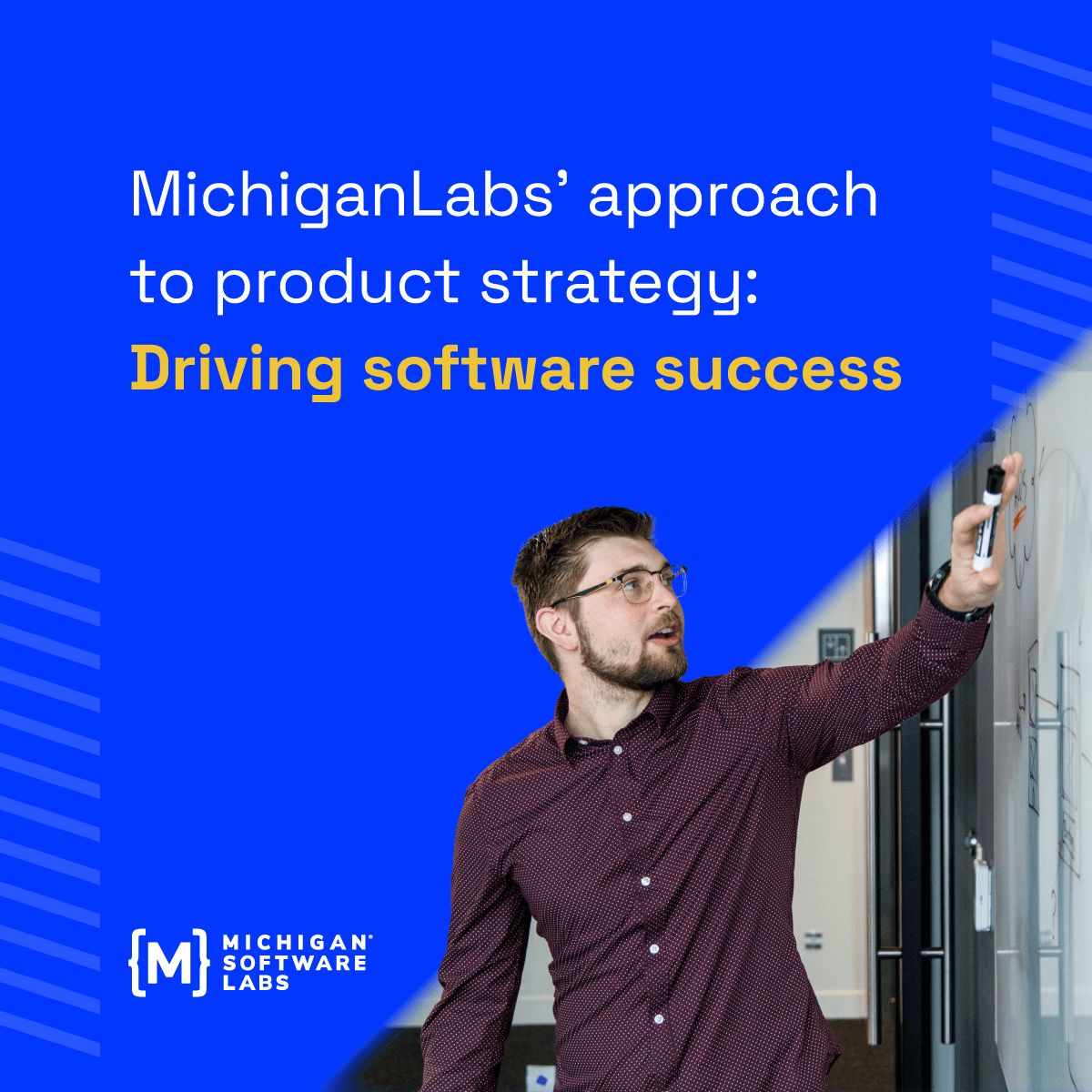The core of a product designer’s job is to create products that are easy to use, consistent in experience, and appealing to the end user. How should we strive for that, and what should we keep in mind as we work toward that goal? After 16 years of designing software for macOS, iOS, iPad OS, Watch OS, and the Web, there are three guiding principles I continually utilize when I approach designing user experiences for products:
Make the experience simple and intuitive.
Simple and intuitive seems like a no-brainer, but depending on the problem to be solved, designing for simplicity is easier said than done. Of course, we all want the interfaces we use to be as simple as possible; the question, as designers, is how do we get there. To design the optimal products for users, we must first understand the people who will use them. We must aspire to put ourselves in the shoes of the humans who will use our designs to fully realize what they may be looking for in a product or service, their needs, and how we can best help them achieve their goals.
For every UX project I work on, I fall back on the human-centered design principles, HCD. The International Organization for Standardization (ISO) describes HCD like this:
“Human-centered design is an approach to interactive systems development that aims to make systems usable and useful by focusing on the users, their needs and requirements, and by applying human factors/ergonomics, and usability knowledge and techniques. This approach enhances effectiveness and efficiency, improves human well-being, user satisfaction, accessibility and sustainability; and counteracts possible adverse effects of use on human health, safety and performance.”
I’m a massive fan of the HCD because it provides a framework for understanding the user’s goals, motivations, pain points, and even the areas where they may enjoy using design solutions. Once we have defined and grasped the users’ needs, we can create products that are more likely to be used and successful. At the end of the day, our goal should always be to prevent difficult-to-use designs that may cause customers to give up and look for different products.
Design for consistency.
As UX professionals, we must consider the whole product experience in addition to the individual screens we design. Inconsistent designs can be highly confusing for users and make it difficult to use products. We should provide feedback indicating the outcome whenever a user completes an action. We should avoid using different icons and layouts for similar tasks. We should present information to users in small pieces in a consistent step-by-step manner so that they can better understand and use the solutions we create. Staying consistent with our information architecture allows users to focus on their tasks and reduce information overload. A consistent user experience is crucial because it allows users to feel comfortable using products and makes it easy to find the information they need. If a user has a bad experience with your product, they will likely never use it again.
Software should be beautiful and a joy to use.
The visual appearance of software is an area that does not get talked about enough. Digital products, applications, and software should be cool looking! We should never sacrifice usability for good looks, but our profession can do a much better job creating pleasant-looking products. Exquisitely designed things appeal to us because they make us feel satisfied; they feel frictionless and effortless to use and can transcend one’s perception of using it. There is a wonderful sense of delight when we use more appealing, well-designed products than poorly designed ones.
In addition to being good-looking, products should be enjoyable to use. Technology usage in our personal and professional life is only increasing, so I see no reason why the experiences we create cannot be joyful to use. Simple things like using fun animations during the onboarding process or allowing the user to choose the application icon can significantly impact how users feel about the application. When we infuse a sense of charm into our designs, we not only make the experience more enjoyable, but we also make it more functional for the user. By doing so, customers are more likely to keep using the product, which can lead to better outcomes for the business it supports.
Creating simple, intuitive, consistent, and visually appealing software is crucial to its success. Although I use many other methodologies and tools in my work, these guidelines have become a sort of North Star for me as a product designer and design leader. They are a constant guide as I move through the different stages of my everyday work.
Looking for more like this?
Sign up for our monthly newsletter to receive helpful articles, case studies, and stories from our team.

MichiganLabs’ approach to product strategy: Driving software success
February 12, 2024 Read more
Simplifying the 4 forces of AI
April 9, 2024Artificial Intelligence (AI) is becoming more prevalent, but less understood. Through examples of organizations leading the charge in each of these areas, I hope to empower you to make better decisions for your enterprise and career.
Read more
Make Your Website Shine Through Shareable Meta tags
June 20, 2023Improve the web site preview used by chat apps, websites, and social media with these easy tips.
Read more

